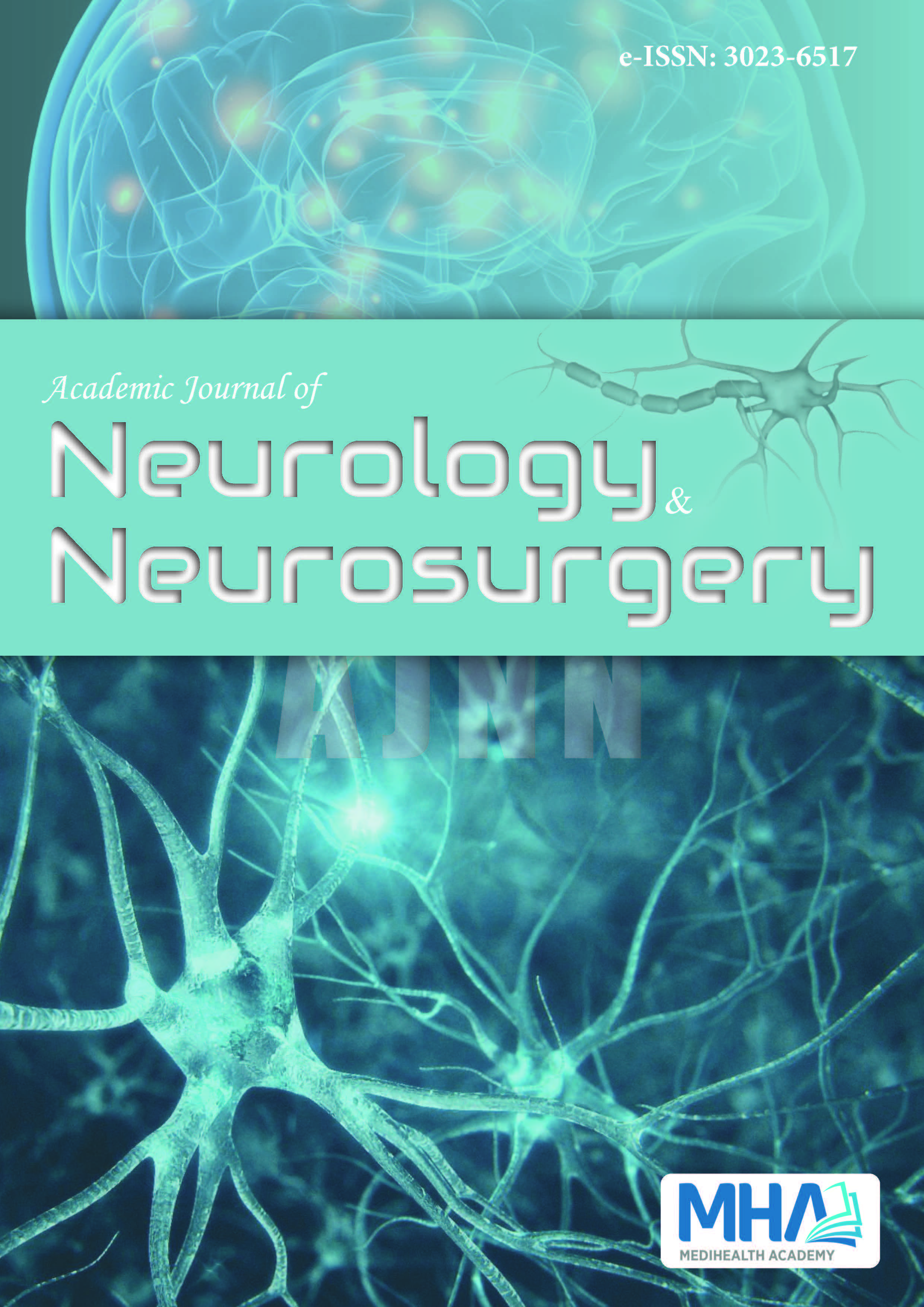1. Lee EJ, Choi JY, Lee SH, Song SY, Lee YS. Hemichorea-hemiballismin primary diabetic patients: MR correlation. J Comput Assist Tomogr.2002;26:905-911. doi: 10.1097/00004728-200211000-00009
2. Lee BC, Hwang SH, Chang GY. Hemiballismus-hemichorea in olderdiabetic women: a clinical syndrome with MRI correlation. Neurology.1999;52(3):646-648. doi: 10.1212/WNL.52.3.646
3. Abe Y, Yamamoto T, Soeda T, et al. Diabetic striatal disease: clinicalpresentation, neuroimaging, and pathology. Int Med. 2009;48(13):1135-1141.
4. Martirosyan NL, Patel AA, Carotenuto A, et al. Role of blood-brainbarrier permeability in diabetic hemorrhagic stroke. Neurosurg Focus.2014;36(1):E3.
5. Sharma A, Coutinho E, Roncaroli F, et al. Association of diabetesand dementia: the role of hyperglycemia and insulin depletion. MolNeurobiol. 2019;56(4):2461-2481.
6. Chua CB, Sun CK, Hsu CW, Tai YC, Liang CY, Tsai IT “Diabeticstriatopathy”: clinical presentations, controversy, pathogenesis,treatments, and outcomes.Scientif Rep.2020;10(1):1594.
7. Oh SH, Lee KY, Im JH, Lee MS. Chorea associated with non-ketotichyperglycemia and hyperintensity basal ganglia lesion on T1- weightedbrain MRI study: a meta-analysis of 53 cases including 4 present cases.J Neurol Sci. 2002;200(1-2):57-62. doi: 10.1016/S0022-510X(02)00133-8
8. Dubey S, Biswas P, Ghosh R, Chatterjee S, Kanti Ray B, Benito-León J. Neuroimaging of diabetic striatopathy: more questions thananswers.Eur Neurol.2022;85(5):371-376.
9. Felsky D, Patrick E, Schneider JA, Mostafavi, S., Gaiteri, C., Patsopoulos,N., et al. Polygenic analysis of inflammatory disease variants and effectson microglia in the aging brain.Molecul Neurodegenerat.2018;13(1):38.
10. Biessels GJ, Despa F. Cognitive decline and dementia in diabetesmellitus: mechanisms and clinical implications. Nat Rev Endocrinol.2018;14(10):591-604.
11. Kernan WN, Viscoli CM, Furie KL, et al. Pioglitazone after ischemicstroke or transient ischemic attack. N Engl J Med. 2016;374(14):1321-1331.
12. Pinteaux E, Inoue W, Schmidt L, Molina-Holgado F, Rothwell NJ,Luheshi GN. Leptin induces interleukin-1beta release from ratmicroglial cells through a caspase 1-independent mechanism. JNeurochem. 2007;102(3):826-833.
13. Broen MPG, Rhebergen MD, Lemstra AW, van Dijk KD, Dippel DWJ,van der Lugt A, et al. Parkinson’s disease, insulin resistance, and novelagents of neuroprotection. CNS Drugs. 2017;31(10):845-857.
14. Wang L, Tian T, Kang J, Lv J, Sun R, Liao Y, et al. Imagingcharacteristics of diabetic striatopathy in magnetic resonance imagingand diffusion tensor imaging: a study of 8 cases. J Stroke CerebrovascDis. 2020;29(10):105210.
15. Callaghan BC, Little AA, Feldman EL, Hughes RA. Enhanced glucosecontrol for preventing and treating diabetic neuropathy. CochraneDatabase Syst Rev. 2012;(6):CD007543.

